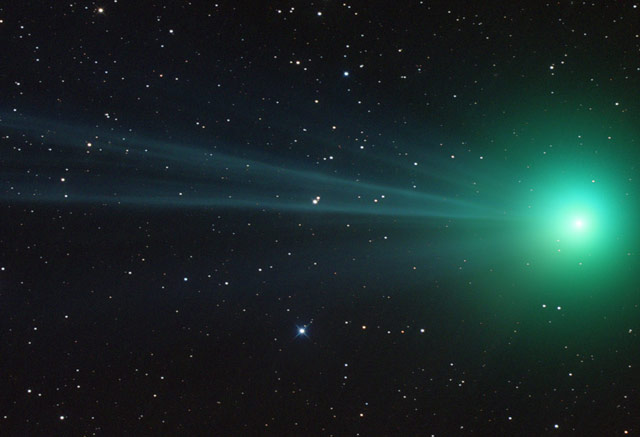Hi everybody
Here's the latest article from the Astronomy site at BellaOnline.com.
Rosetta's Story – Facts for Kids
It's gone where no space mission has been before! Rosetta caught up with a comet in deep space and went into orbit around it. The lander Philae was the first ever to land on a comet. Read the story so far and watch out for new developments.
http://www.bellaonline.com/articles/art300391.asp
*The Geminids are coming*
If the sky is clear on the night of Saturday the 13-14 December, unless you live in light-polluted city, you should be able to see meteors. The Geminids are due to peak then. It's a fairly reliable meteor shower, with lots of activity and often pretty meteors with a long-lasting trail. You can read about meteor showers here: http://www.bellaonline.com/articles/art27461.asp
*All kinds of stars*
This is a follow-up from last week's article “How Big Are the Biggest Stars”. It's a diagram that summarizes the types of main sequence stars, giants, supergiants and even white dwarfs. The Sun is a G-type star and the Trapezium star that I mentioned in last week's article, Theta1 Orionis C, is an O-type. There's quite a difference in size. But the big hot stars are short-lived compared to stars like our Sun. And red dwarfs can go on for a trillion years. Size matters if you're a star. http://www.pinterest.com/pin/250090585533557025/
*Polar Light Shows*
Pictures of aurorae show vibrant colors that we couldn't see if we were actually there. But here is an example of a recent aurora photo from Finland: http://www.pinterest.com/pin/250090585533582221/ The color is very natural-looking for a bright aurora, mostly grey-green, but with touches of pink. (A weak aurora may not show anything but grey.) The vivid curtains that cover the sky are splendid.
Aurora videos are usually timelapse and the aurora is speeded up unnaturally. In reality, except for a very strong display, the patterns move rather slowly. But when they do move quickly, it's been almost impossible to capture them in realtime. The technology can do that now. Ole Salomonsen has just released “Soaring” which he's made from footage taken between late August and mid-November of this year. It's all in realtime, though he says it includes "some of the wildest" aurorae he's ever seen, and the camera could barely keep up. http://www.pinterest.com/pin/250090585533586124/
You can read about aurorae here: http://www.bellaonline.com/articles/art12312.asp
Please visit astronomy.bellaonline.com for even more great content about Astronomy.
I hope to hear from you sometime soon, either in the forum or in response to this email message. I welcome your feedback!
Do pass this message along to family and friends who might also be interested. Remember it's free and without obligation.
I wish you clear skies.
Mona Evans, Astronomy Editor
http://astronomy.bellaonline.com
One of hundreds of sites at BellaOnline.com
.
astronomy Newsletter








